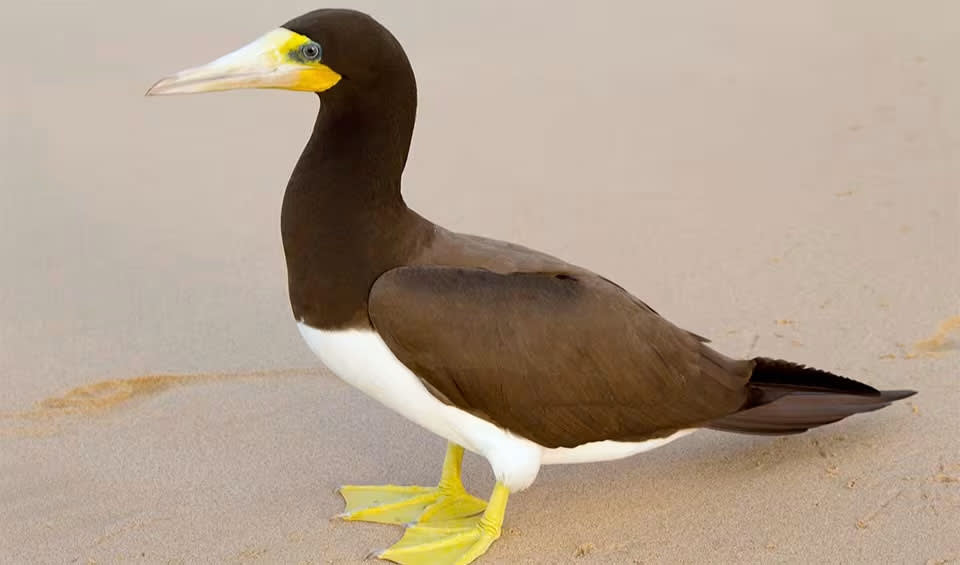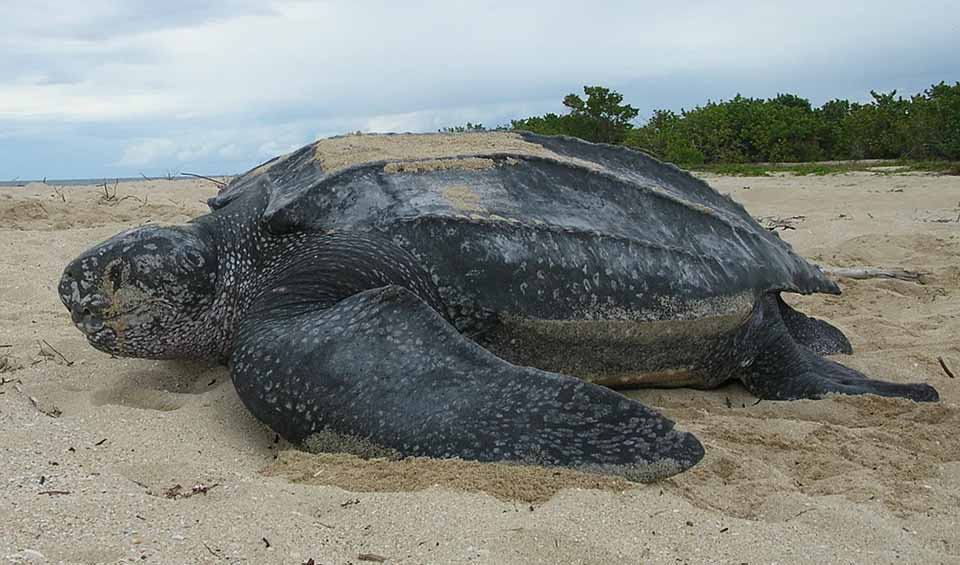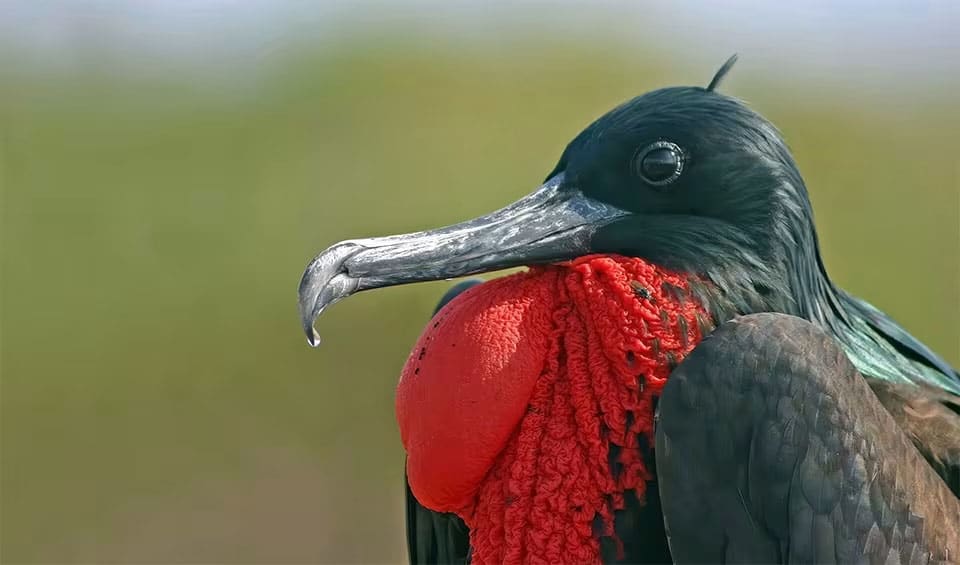Kiribati, an island nation in the central Pacific Ocean, is celebrated for its stunning landscapes, unique biodiversity, and rich cultural heritage. It is located near the equator, Kiribati is divided into three island groups: the Gilbert Islands, the Phoenix Islands, and the Line Islands. The islands are predominantly low-lying, with most of the landmass barely above sea level. The climate is tropical, characterized by constant warm temperatures and a wet season from November to April. The equatorial location ensures abundant sunshine and moderate trade winds, making the islands ideal for various outdoor activities.
Kiribati’s landscapes are incredibly picturesque. The islands are surrounded by coral reefs that create tranquil lagoons, perfect for swimming, snorkeling, and fishing. The white sandy beaches are fringed with coconut palms, providing a postcard-perfect setting for relaxation. The interior of the islands features lush vegetation, including pandanus, breadfruit, and banana plants. The largest atoll, Kiritimati (Christmas Island), is renowned for its extensive lagoons and birdlife, offering a unique natural environment for visitors to explore.
Four pillars elaborated:
Kiribati has made significant efforts to preserve its natural heritage through the Phoenix Islands Protected Area (PIPA), a UNESCO World Heritage Site since April 2024, protecting over 408,250 km² (157,626 mi²) of ocean and coral reefs. Managed in partnership with the New England Aquarium and Conservation International, PIPA is one of the world’s largest intact oceanic coral archipelago ecosystems. It is crucial for marine biodiversity conservation, providing sanctuary for a diverse range of species, including sharks, tuna, sea turtles, and over 120 species of coral. PIPA stands as a testament to Kiribati’s commitment to safeguarding its rich marine life and natural environment. Land Management
Land Management
Kiribati’s economy and physical environment are highly vulnerable to global changes. This vulnerability is exacerbated by high population growth, particularly concentrated in the capital and urban area of South Tarawa. Environmental degradation is evident through extensive coastal erosion, increasing biodiversity loss, water and sea pollution, and significant issues with unmanaged waste. As a result, Kiribati faces severe impacts from climate change, habitat loss, and invasive alien species. Threats to Biodiversity
Threats to Biodiversity
Kiribati takes pride in its robust environmental regulations, including the Environment Act (as amended 2007) and PIPA, which are effectively addressing the impacts on biodiversity. Notably, there have been no instances of wild flora or fauna being endangered by international trade. The Environment Act (as amended 2007) also plays a key role in regulating pollution on land and sea to ensure environmental conservation and protection. Additionally, the Agriculture and Livestock Division enforces biosecurity legislation, while the Environment and Conservation Division has recently stepped up efforts by conducting inspections on incoming international vessels to address environmental concerns. Capacity and Governance
Capacity and Governance
At the national level, the Environment and Conservation Division is actively implementing a mangrove rehabilitation and education project funded by the Kiribati Adaptation Project II, targeting five pilot islands to enhance their resilience to climate change through mangrove rehabilitation.
The Kiribati Biodiversity Plan 2030 serves as a comprehensive framework for the conservation and sustainable management of the nation’s biodiversity, aiming to establish a healthy and resilient ecosystem that caters to the well-being of both present and future generations. The plan delineates five primary objectives, which include the conservation and protection of Kiribati’s biodiversity, promotion of its sustainable use, fair and equitable sharing of its benefits, enhancement of institutional and human capacity for biodiversity management, and the elevation of awareness and understanding of biodiversity. Future Trends
Future Trends
Biodiversity
Kiribati, an island nation in the central Pacific Ocean, is known for its vast marine biodiversity and unique ecosystems spread across 33 atolls and reef islands. The terrestrial ecosystems of Kiribati are relatively limited due to the small land area of the atolls and reef islands. However, they still support unique plant species such as pandanus, breadfruit trees, and coconut palms, which are crucial for the local communities. The islands also host a variety of seabirds, including species like the frigatebird, the red-footed booby, and the white tern. The Gilbert Islands, one of the island groups in Kiribati, have significant bird populations that are essential for maintaining the ecological balance of these islands.Kiribati’s marine biodiversity is particularly remarkable, with its coral reefs among the most diverse and pristine in the world. The reefs provide habitats for numerous marine species, including colorful corals, fish, and invertebrates. Notable marine life includes various species of sharks, rays, sea turtles, and a wide array of reef fish. The Phoenix Islands Protected Area (PIPA), one of the largest marine protected areas in the world, is located within Kiribati’s territory and plays a crucial role in conserving marine biodiversity. PIPA is home to a vast array of marine species, including giant clams, Napoleon wrasse, and numerous species of reef sharks and tunas.
In the table below are the number of known species in several main groups, how many of these species are Threatened with extinction, and how many of them are Endemic (unique to Kiribati only):
| Species (World rank) |
Threatened | % Threatened | Endemic | % Endemic | |
|---|---|---|---|---|---|
| Mammals | 22 (#198) | 2 | 9.1% | ||
| Birds | 38 (#207) | 5 | 13.2% | 1 | 2.6% |
| Reptiles | 3 (#205) | 2 | 66.7% | ||
| Amphibians | |||||
| Fishes | 535 (#109) | 21 | 3.9% | 8 | 1.5% |
| Plants |
birds
Leachs storm petrel
These petrels stylishly ride the ocean waves like they own the winds
Red-tailed tropicbird
They dance along with their gorgeous red tails to attract partners in a faithful courtship
Brown booby
An impressively acrobatic bird that can catch flying fish mid-jump
reptiles
Leatherback sea turtle
The mysterious diver of the ocean is the largest and only sea turtle without a hard shell and scales
Green sea turtle
Largest hard-shelled sea turtle on earth
Yellow-bellied sea snake
The most widespread species of snakes on earth are found throughout the Indian and Pacific Oceans and from Africa to Central America
National Animals
Great frigatebird
These birds spend weeks in the air and hunt, preen and even sleep while in flight











